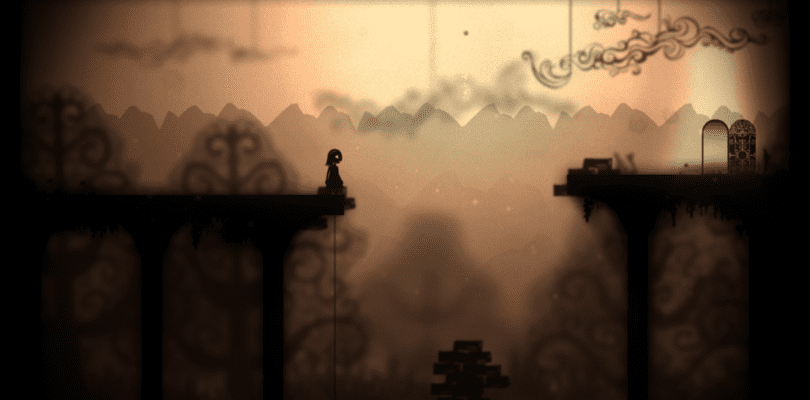PAX East 2018 is behind us, and while I played many games on the show floor, Projection: First Light stood out to me in terms of being one of many games I enjoyed playing; there were handful of games I kept wanting to run back and play throughout the week in Boston. What is Projection: First Light, you ask? It’s is a puzzle-platformer developed by the team Shadowplay Studios and published by Blowfish Studios. You play as a young girl named Greta who traverses a world of shadow puppetry on a journey of self-discovery and cultural awareness.
This game is different from other games of its genre in one big aspect: you control a light with your left thumbstick and your character with the right thumbstick to travel around the world. The thumbstick controls are similar to a Southpaw layout, but is quite easy to get the hang of how to play. Some examples include casting your light under you, on the side of a box, corner of a ledge or a ledge behind you, or other objects in-game. This, in turn, will create a casting shadow, which may push you upwards, let you walk to another area you couldn’t reach, or let you get a lower part of the level without any issues. Trust me when I say that some puzzles had me thinking, which is a good thing. Since some areas during my playthrough wouldn’t allow me to simply jump into above areas to progress. I do enjoy a good puzzle game, and Projection: First Light does just that when it comes to puzzles that keep you thinking the entire time you play. These controls were quite new to me and it took a little while to figure out how to get two or three levels above.
As for the storytelling itself, Projection: First Light doesn’t use dialogue to tell its story; everything is visual. It’s great at letting you know what’s going on by how the characters act within the game. Later in the demo, our character Greta was told what’s going on and how to do things in the game via visuals and the controllable light. The other characters you’ll meet as you progress in Projection: First Light will explain things in motions or hand gestures; this is one nice way to tell a story without saying words, and the musical score matches the tone the visuals set. The musical scores keeps pace with all the changing serious and light moments throughout. When I first sat down to play Projection: First Light, I imagined that it would be similar to Limbo, but boy was I wrong—the game is nothing like Limbo.
The team at Shadowplay Studios do a really good job on how Projection: First Light is presented to consumers such as myself. I like puzzle games, but inevitably there’s always that one puzzle that tests my patience and endurance, causing me to walk away from the game in frustration. Projection: First Light had its challenging moments, but those challenges were satisfying and not something that turned me off from the game. I wish I had more time to keep on playing while at the booth, but I didn’t want to spoil myself and know the answers to all of the puzzles in Projection: First Light.
Projection: First Light is set to release on Nintendo Switch, PlayStation 4, Xbox One, Windows PC, and Mac in Q2 2018. You can find out more about the game by heading to the official website here. I can’t wait for the release later this year, but for the time being, I’ll be counting the days to get my hands on this game once more.






